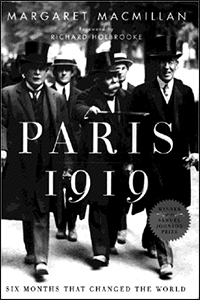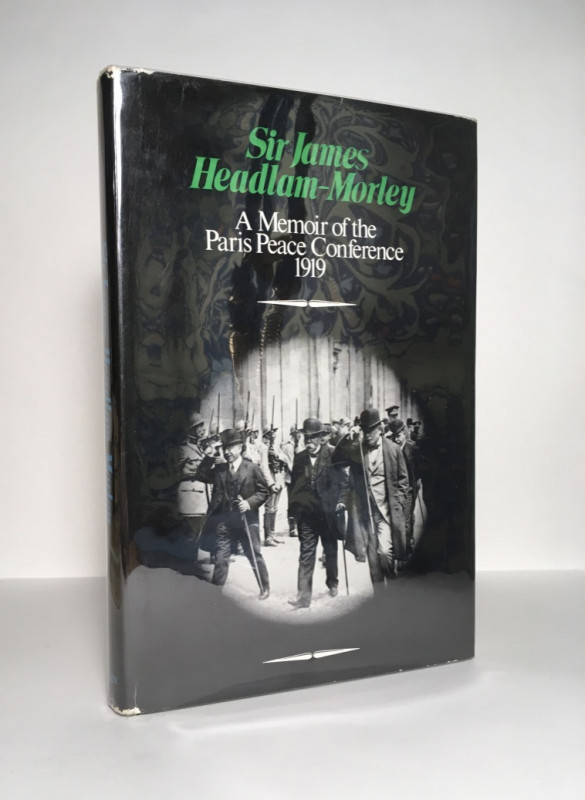

The work is presented in narrative style and is engagingly written it is well researched and includes a commendable bibliography. This is assisted by devoting separate chapters to particular national developments. There are 500 pages of text and a formidable amount of information has been dealt with. In this work the mechanics of the conference are supplemented to a considerable extent with information and anecdotes about the personalities involved and the social and political conditions which obtained in various parts of the world affected by the conference.

One might wonder whether another was needed, but attention should be given to the sub-title, referring to the conference and 'its attempt to end war'.

Paris 1919 (originally published as Peacemakers) offers a prismatic view of the moment when much of the modern world was first sketched out.There are many books about the Paris Peace Conference and the treaties which followed. They tried to be evenhanded, but their goals – to make defeated countries pay without destroying them, to satisfy impossible nationalist dreams, to prevent the spread of Bolshevism and to establish a world order based on democracy and reason – could not be achieved by diplomacy. Margaret MacMillan argues that they have unfairly been made scapegoats for the mistakes of those who came later. The peacemakers, so it has been said, failed dismally failed above all to prevent another war.

They pushed Russia to the sidelines, alienated China and dismissed the Arabs, struggled with the problems of Kosovo, of the Kurds, and of a homeland for the Jews. There had never been anything like it before, and there never has been since.įor six extraordinary months the city was effectively the centre of world government as the peacemakers wound up bankrupt empires and created new countries. Lawrence, Queen Marie of Romania, Maynard Keynes, Ho Chi Minh. Everyone had business in Paris that year – T.E. Kings, prime ministers and foreign ministers with their crowds of advisers rubbed shoulders with journalists and lobbyists for a hundred causes – from Armenian independence to women’s rights. At its heart were the leaders of the three great powers – Woodrow Wilson, Lloyd George and Clemenceau. Between January and July 1919, after the war to end all wars, men and women from all over the world converged on Paris for the Peace Conference.


 0 kommentar(er)
0 kommentar(er)
